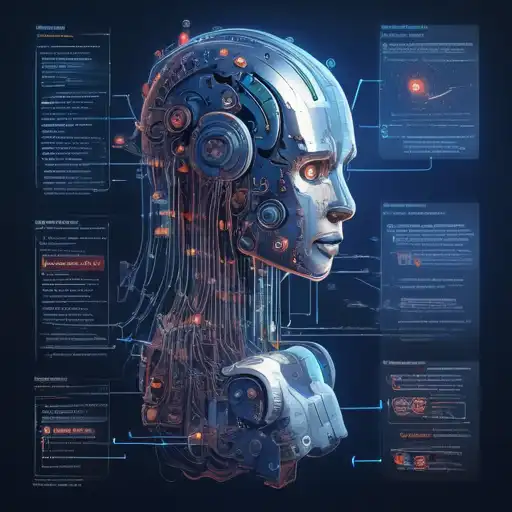Introduction to Machine Learning Algorithms
Machine learning algorithms are the backbone of artificial intelligence, enabling computers to learn from and make decisions based on data. For beginners, understanding these algorithms can seem daunting, but with the right approach, it's entirely achievable. This guide aims to demystify machine learning algorithms, providing a solid foundation for those new to the field.
What Are Machine Learning Algorithms?
At their core, machine learning algorithms are mathematical models that allow computers to learn patterns from data without being explicitly programmed. These algorithms can be broadly categorized into supervised, unsupervised, and reinforcement learning, each serving different purposes in data analysis and prediction.
Supervised Learning Algorithms
Supervised learning algorithms are trained using labeled data, meaning the input comes with the correct output. This allows the algorithm to learn by comparing its actual output with the correct outputs to find errors and modify the model accordingly. Examples include:
- Linear Regression
- Logistic Regression
- Support Vector Machines (SVM)
- Decision Trees
Unsupervised Learning Algorithms
Unsupervised learning algorithms, on the other hand, deal with data that has no labels. The system tries to learn the patterns and the structure from the data without any supervision. Common examples include:
- K-Means Clustering
- Principal Component Analysis (PCA)
- Hierarchical Clustering
Reinforcement Learning Algorithms
Reinforcement learning is a type of machine learning where an agent learns to behave in an environment by performing actions and seeing the results. It's widely used in gaming, robotics, and navigation. Examples include:
- Q-Learning
- Deep Q Network (DQN)
Choosing the Right Algorithm
Selecting the right machine learning algorithm depends on the problem you're trying to solve, the nature of your data, and the desired outcome. Beginners should start with simpler algorithms like linear regression or decision trees before moving on to more complex models.
Practical Tips for Beginners
Here are some practical tips for those just starting out with machine learning algorithms:
- Start with supervised learning algorithms as they are easier to understand and implement.
- Practice on real-world datasets to gain hands-on experience.
- Use libraries like scikit-learn in Python to implement algorithms without having to code them from scratch.
- Join online communities and forums to learn from experienced practitioners.
Conclusion
Machine learning algorithms are a fascinating area of study with vast applications across industries. By starting with the basics and gradually building up your knowledge, you can unlock the potential of these powerful tools. Remember, the journey to mastering machine learning is a marathon, not a sprint. Happy learning!
